How to Create a Well-Designed Salary Structure
AIHR
APRIL 3, 2023
A salary structure outlines an organization’s approach to employee compensation levels for each job position within the company based on factors such as experience, education, skills, and responsibilities. Salaries are set based on the supply and demand for the job role and the region they operate in.

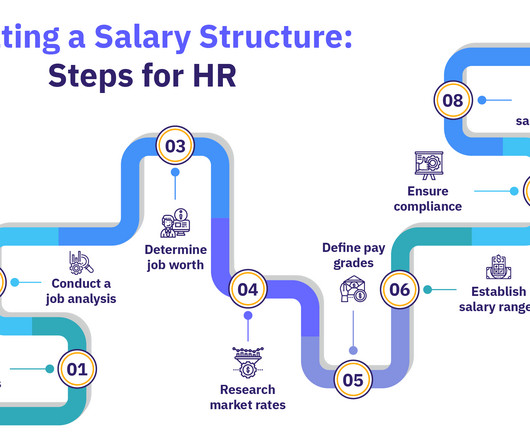
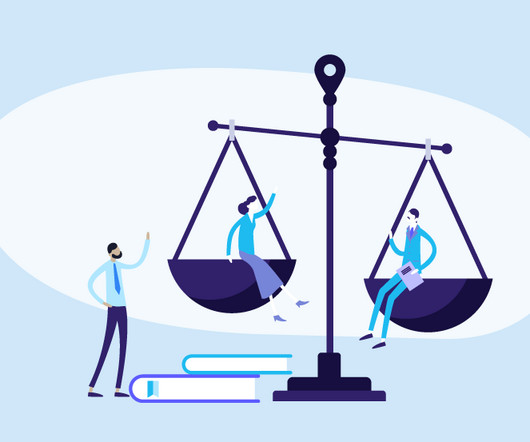
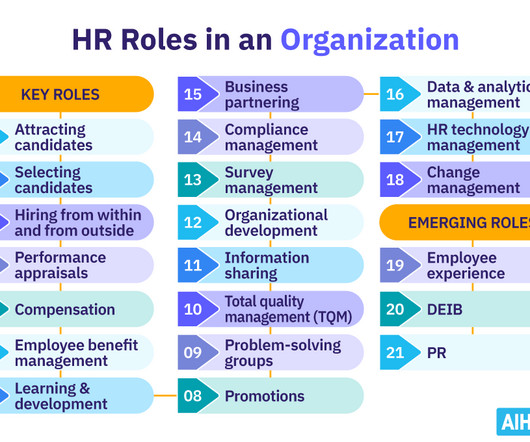


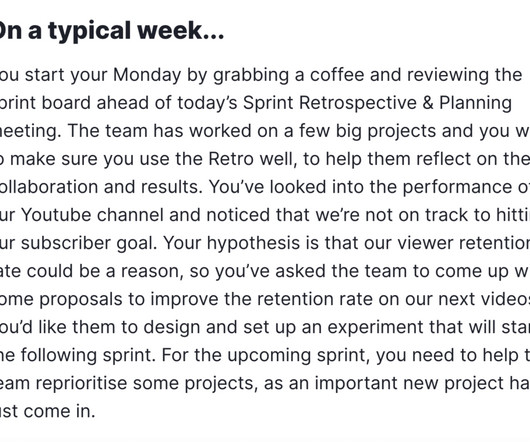
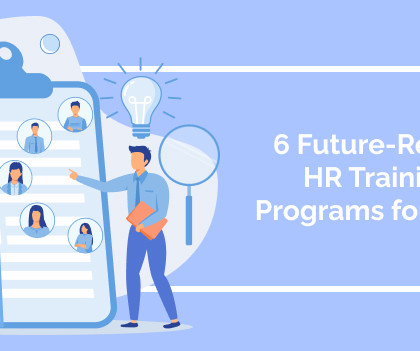
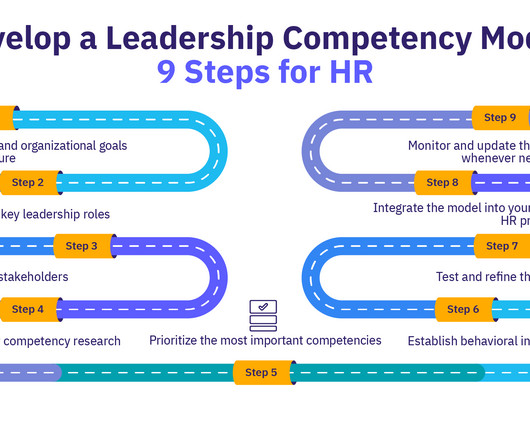
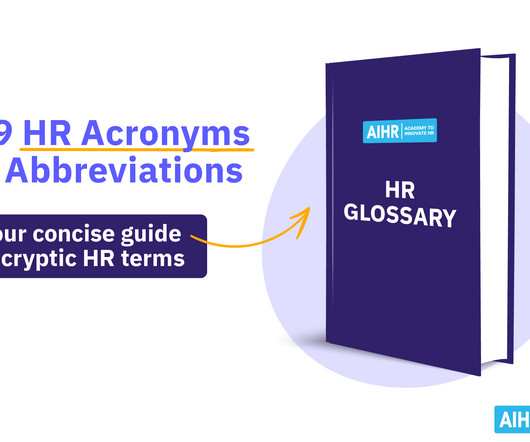






Let's personalize your content